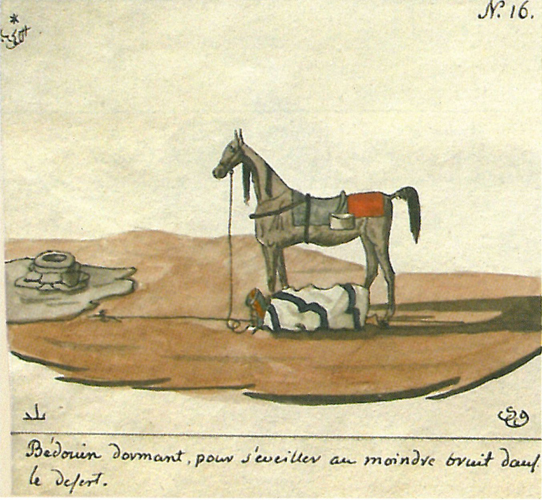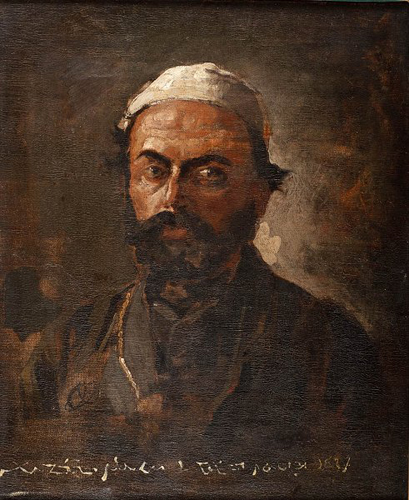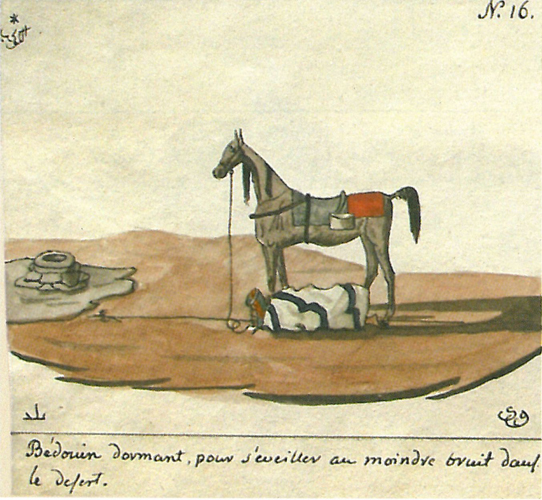
As Polish daily newspaper „Gazeta Wyborcza” informed, the director of the National Library, Tomasz Makowski and the Qatar Museums Authority of the Emir of Qatar, Hamad ibn Chalifa as-Sani, signed an agreement on compiling and publishing the famous 19th century manuscript of Wacław Rzewuski, „Sur les chevaux orientaux et provenances de Races Orientales” („On Oriental Horses and Those Descended From Eastern Breeds”). The work consists of notes and drawings by Wacław Seweryn Rzewuski (1784-1831) from his journeys to the Middle East, mainly on Arabian horses. This never before published in its entirety manuscript will be published in its original language (French), as well as in Polish and English. Whereas the Qatar party will also prepare an Arabic version.

It is an extremely important information, because there is a chance that thanks to this undertaking Emir Wacław Rzewuski will become known to people from outside of the Arabian horse community. „Gazeta Wyborcza”, through the article of Włodzimierz Kalicki, reports: „Rzewuski’s excursion resembled one of the tales from «One thousand and one nights» (…). The results of the many expeditions and searches were more than 100 Arabian horses purchased by them. On April 19th, 1819, after long negotiations, he bought the most valuable of them, a horse named Obiat el-Homlu Neidi Kohailan, descending directly from the herds of Mahomet”. And sums up: „The power of the Polish Arabian horse breeding descends from the steeds brought by Rzewuski. His manuscript, combining traits of an equine treatise, a personal travel diary and encyclopedia on Arabia, is adorned with four hundred of his own, lovely drawings.”
„Gazeta Wyborcza” also gives an outline of the lots of the manuscript. After the death of Emir Rzewuski’s, who perished in the November Uprising (Polish-Russian War 1830-1831 also known as the Cadet Revolution, an armed rebellion against the Russian Empire), the tsarist authorities took away his library collections. However the manuscript, borrowed by the owner of a neighborly estate, survived. In the late 20s of the 20th century it was purchased by the National Library. After the Warsaw Uprising (1944) the collections gathered in the palace on Okólnik Street were burned down by the Germans, but Rzewuski’s manuscript survived once again! That’s because during the Nazi Germany occupation (1939-1945) it was moved from the palace to a bookbinder in order to create a stylish cover.

















